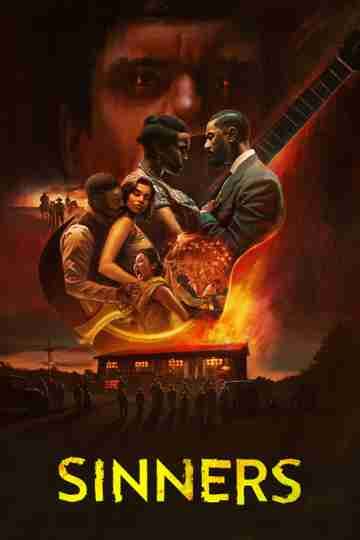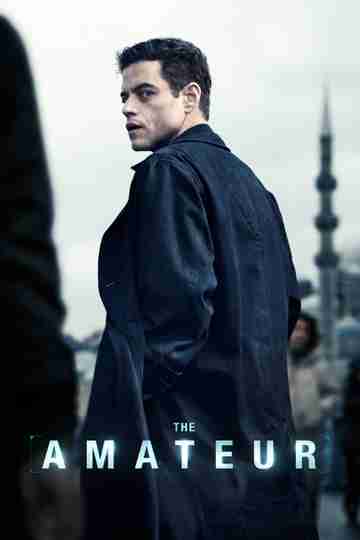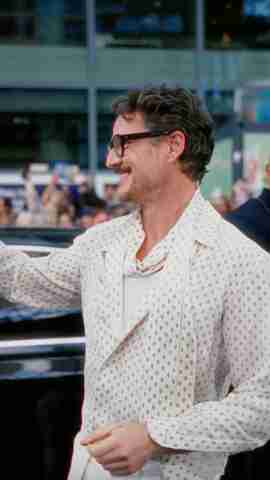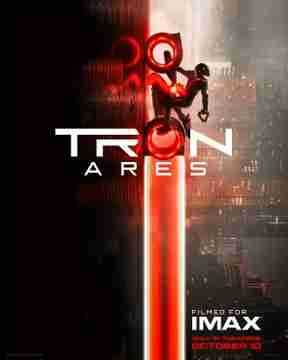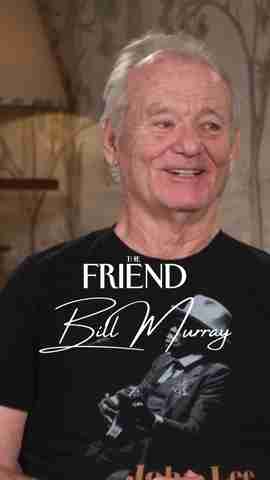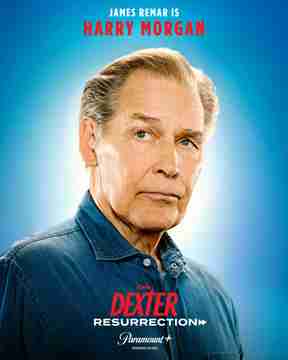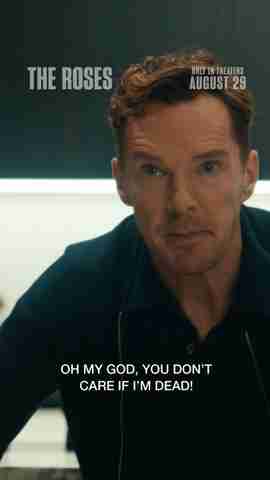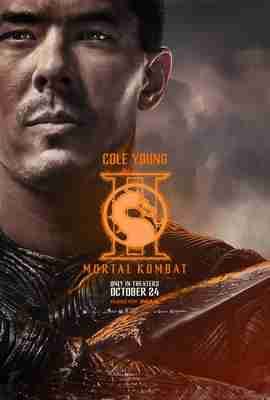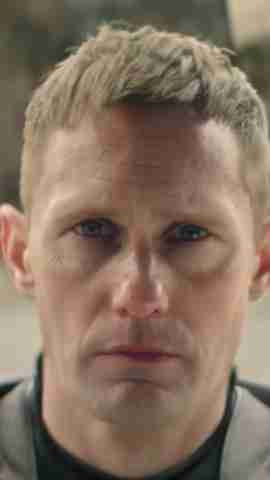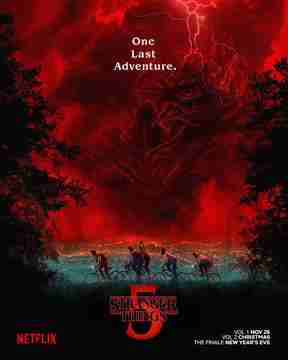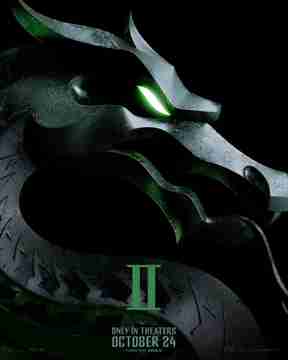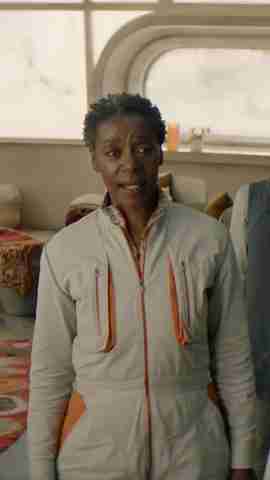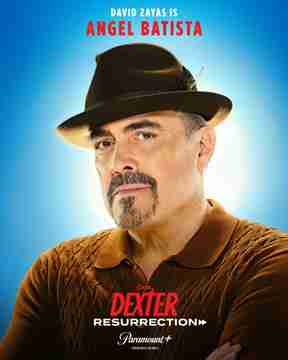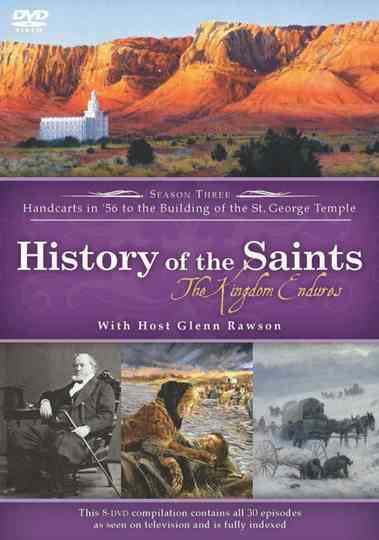Season 1: The Martyrdom to the Salt Lake Valley Plot
The first season begins with the death of Joseph Smith and the succession crisis, and then follows the story of the Mormon Pioneers as they traveled the Mormon Trail to the Rocky Mountains and what would become the Utah Territory. Other seasons are expected and will tell the story of the colonization of the Intermountain West and Church developments in Utah.
History of the Saints Season 1: The Martyrdom to the Salt Lake Valley aired on October 9th, 2010.
Season 1: The Martyrdom to the Salt Lake Valley Episodes
2. "The Martyrdom of Joseph and Hyrum Smith"
On June 27, 1844, Joseph Smith and his brother Hyrum were shot and killed in an attack inside the jailhouse at Carthage, Illinois. This episode discusses the martyrdom and the events leading up to it, including the destruction of the Nauvoo Expositor. Scholars interviewed include: Kenneth W. Godfrey, Jeffery N. Walker
3. The Aftermath of the Martyrdom
Following the death of Joseph and Hyrum Smith, many enemies of the Church hoped its members would disband, and the Church disintegrate. This episode discusses how people, both in and out of the Church, reacted to the murders, along with the funeral of Joseph Smith, and how the trial of the accused killers played out. Scholars interviewed include: Kenneth W. Godfrey, Dean C. Jessee, Jeffery N. Walker.
4. The City of Joseph Part 1
This episode tells the story of the momentous days and weeks immediately after the Martyrdom of Joseph Smith. Critical decisions were made and dramas played out that set the course of the Church of Jesus Christ of Latter-day Saints for generations to come. Scholars interviewed include: Richard E. Bennett, William G. Hartley, Glen M. Leonard, Ronald K. Esplin, Susan Easton Black, Susan Sessions Rugh.
5. The City of Joseph Part 2
By the summer of 1845 the time of Latter-day Saints in Nauvoo, Illinois was coming to a close. Persecution and public opinion were mounting against them. They would have to leave. Where would they go and by what miracle would they get there? This episode tells the story of the last days of Nauvoo. Scholars interviewed include: Richard E. Bennett, William G. Hartley, Glen M. Leonard, Ronald K. Esplin, Susan Easton Black, Susan Sessions Rugh, Fred E. Woods.
6. The Nauvoo Temple
As with the ancients, the Latter-day Saints are a temple building people. First there was the House of the Lord in Kirtland, Ohio where the Lord revealed himself. Then others were planned in Independence and Far West Missouri that the Saints were unable to complete. Then in October of 1840, the Prophet Joseph Smith announced they would build another Temple; this one in Nauvoo, Illinois. This episode tells the story of the Nauvoo Temple. Scholars interviewed include: Richard E. Bennett, William G. Hartley, Glen M. Leonard, Richard O. Cowan, Susan Easton Black, Don F. Colvin.
